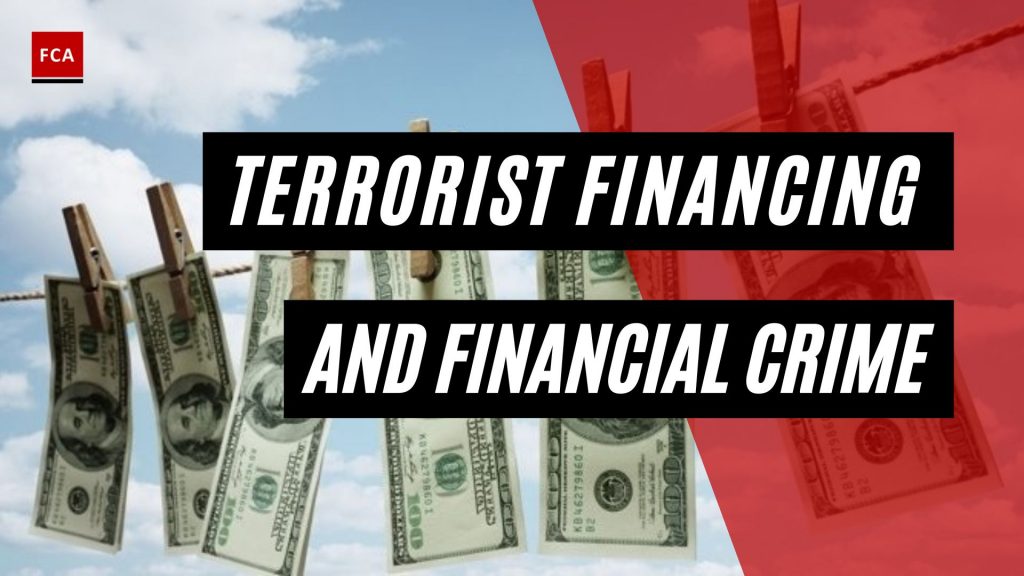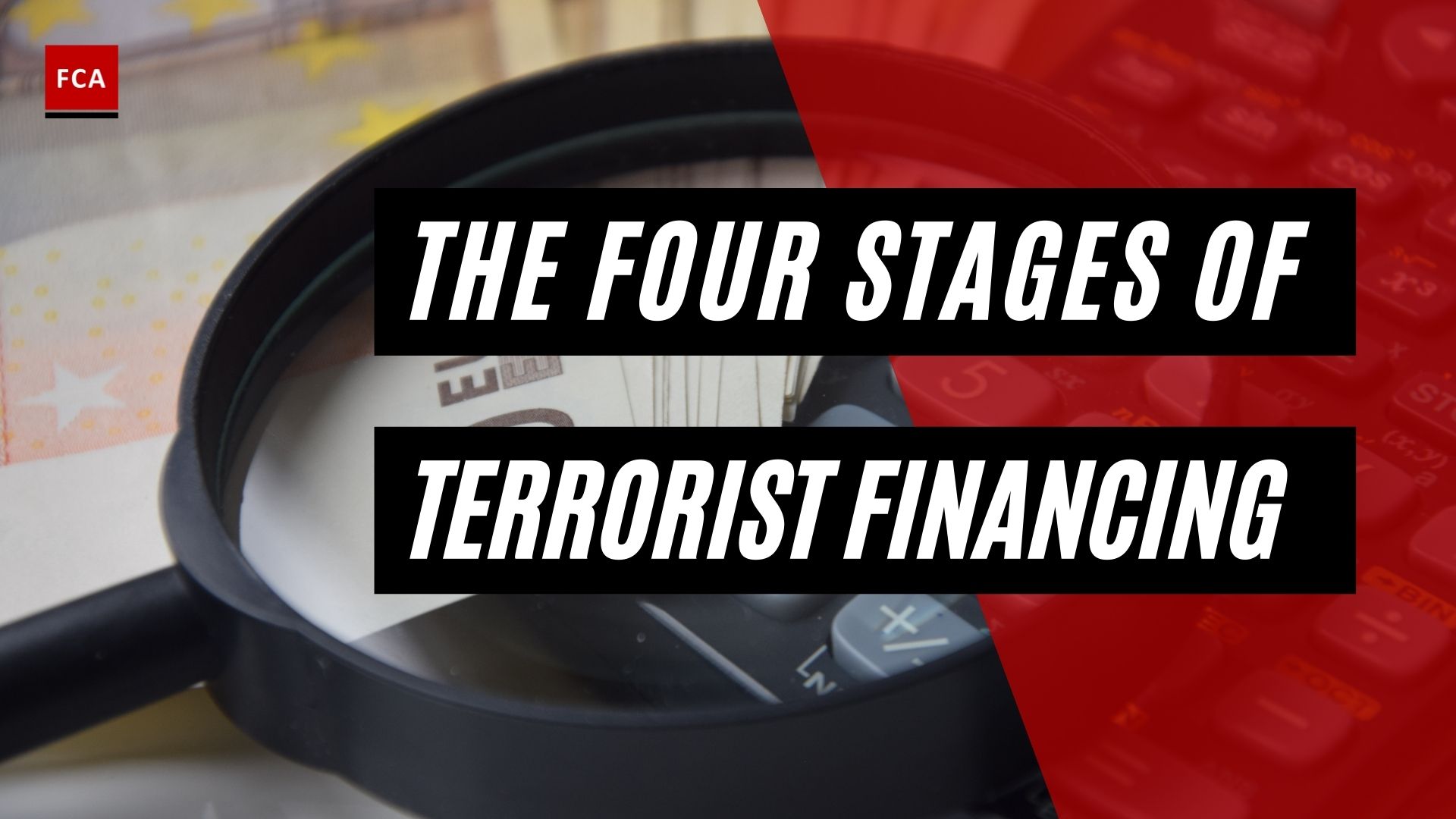Terrorist financing and financial crime. Terrorist financing is the provision of funds or the provision of financial support to individual terrorists or non-state actors. Indeed, the scholar who defined terrorist financing as such insisted that;

Terrorist Financing And Financial Crime
“Finance may be the most powerful weapon of war. It moves armadas, armies, and squadrons. It funds troops and artillery devices. It pays for special forces and mercenaries. It underwrites cease-fires and purchases surrenders. Finance is the weapon that makes all other weapons of war possible.”
It would be apparent that to end terrorism, or even control it, one must attack terrorist financing. With this rationale, different states and international organizations have embedded terrorist financing as an integral part of their financial crime laws.
Terrorist Financing In International Law
Terrorist financing essentially has very similar characteristics to the financing of any other international organized crime organization. Although terrorism is unique due to its visceral political nature, it is still a crime.
In 1990, the UN Convention Against Transnational Organized Crime was passed and formed the bedrock of the international law framework that governs financial crimes. The treaty has far-reaching effects and was supplemented by 3 additional protocols;
- The Protocol against the Illicit Manufacturing of and Trafficking in Firearms, their Parts and Components, and Ammunition was adopted by General Assembly resolution 55/255 of 31 May 2001;
- The Protocol against the Smuggling of Migrants by Land, Sea, and Air, adopted by General Assembly resolution 55/25, entered into force on 28 January 2004; and
- The Protocol to Prevent, Suppress and Punish Trafficking in Persons, especially Women and Children, which entered into force on 25 December 2003.
It was not until 2001 when The Convention for the Suppression of the Financing of Terrorism was passed that financial terrorism was properly captured under an international treaty, although it was only after the fateful events of 9/11 that the treaties full effect was brought to the attention of the wider international community.
The convention gives a broad definition for financing terrorism including the act of collecting or providing funds for terrorism with a view of carrying out a terrorist act, which is defined very broadly under the act as:
“…any act intended to cause death or serious bodily injury to a civilian, or to any other person not taking an active part in the hostilities in a situation of armed conflict, when the purpose of such act, by its nature and context, is to intimidate a population or to compel a government or an international organization to do or abstain from doing any act.”
Under the convention, originators of fund, their accomplices, and other contributors whether they are real persons or legal entities such as companies and associations can be guilty of terrorist financing.
For an offence of terrorist financing under the treaty to exist, a terrorist act doesn’t need to take place. It is only necessary to show that the funds have been collected to commit a terrorist act.
Convention States Treaty
The convention requires that the states who have signed the treaty must take steps to:
- Set up effective systems to combat the financing of terrorism;
- Make it possible for legal entities, such as companies and associations, to be liable for financing terrorism in their countries;
- Take steps to enable the identification, freezing, and seizure of funds used for financing terrorism; and
- Make funds seized from terrorism financiers available to the victims of terrorist attacks.
One of the important hallmarks of the convention is that it sets a standard for the behavior of financial institutions in effect to help counter the scourge. In Article 18, specifically, the convention sets out
“… that financial institutions, when necessary, take measures to verify the legal existence and structure of the customer by obtaining, either from a public register or from the customer or both, proof of incorporation, including information concerning the customer’s name, legal form, address, directors, and provisions regulating the power to bind the entity.”
This is considered by many as the first financial counter-terrorism provision in international law. As a conclusive statement, the convention issued the following diktat:
“States agree to provide “the greatest measure of assistance in connection with criminal investigation.”
This convention gave the state parties the framework to make the financing of terror an integral part of the financial crime prevention architecture. With the convention in place, at least in international law, terrorist financing was an integral part of the financial-crimes dynamic.
What Are The Main Types Of Financial Crime?
Financial crime is commonly thought to include the following offenses:
- fraud
- Theft via the internet
- laundering of funds
- Terrorist funding
- Corruption and bribery
- Market manipulation and insider trading
Final Thoughts
Terrorist organizations require financial support to achieve their goals, and a successful terrorist organization, like any criminal organization, is able to build and maintain an effective financial infrastructure. Terrorists frequently control funds from various sources around the world and use increasingly sophisticated techniques to transfer these funds between jurisdictions. They use the services of professionals such as bankers, accountants, and lawyers to manage their finances, as well as a variety of financial services products.








